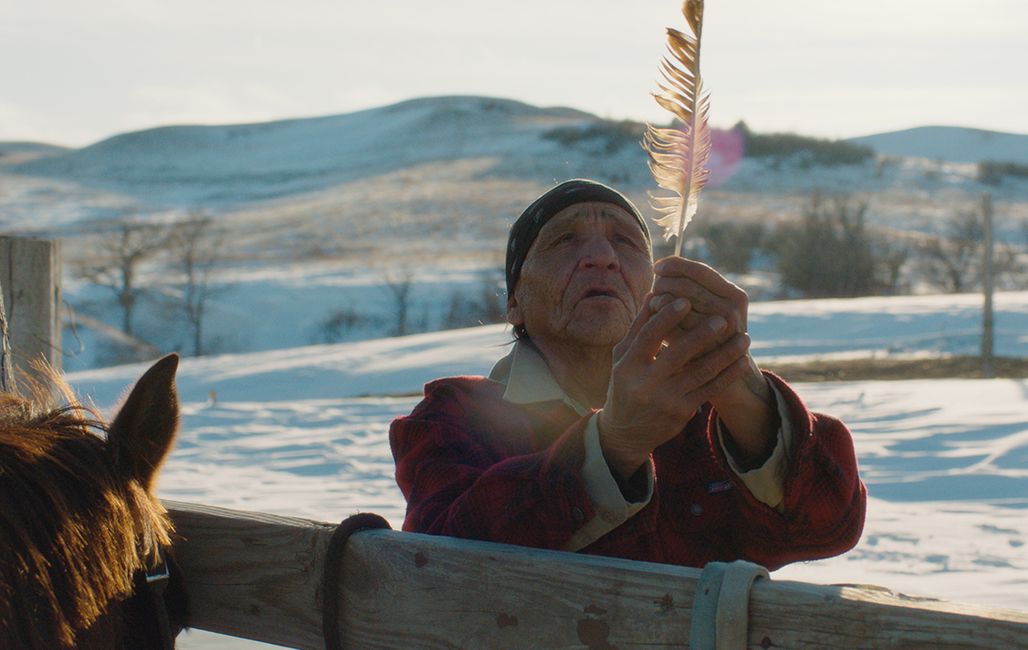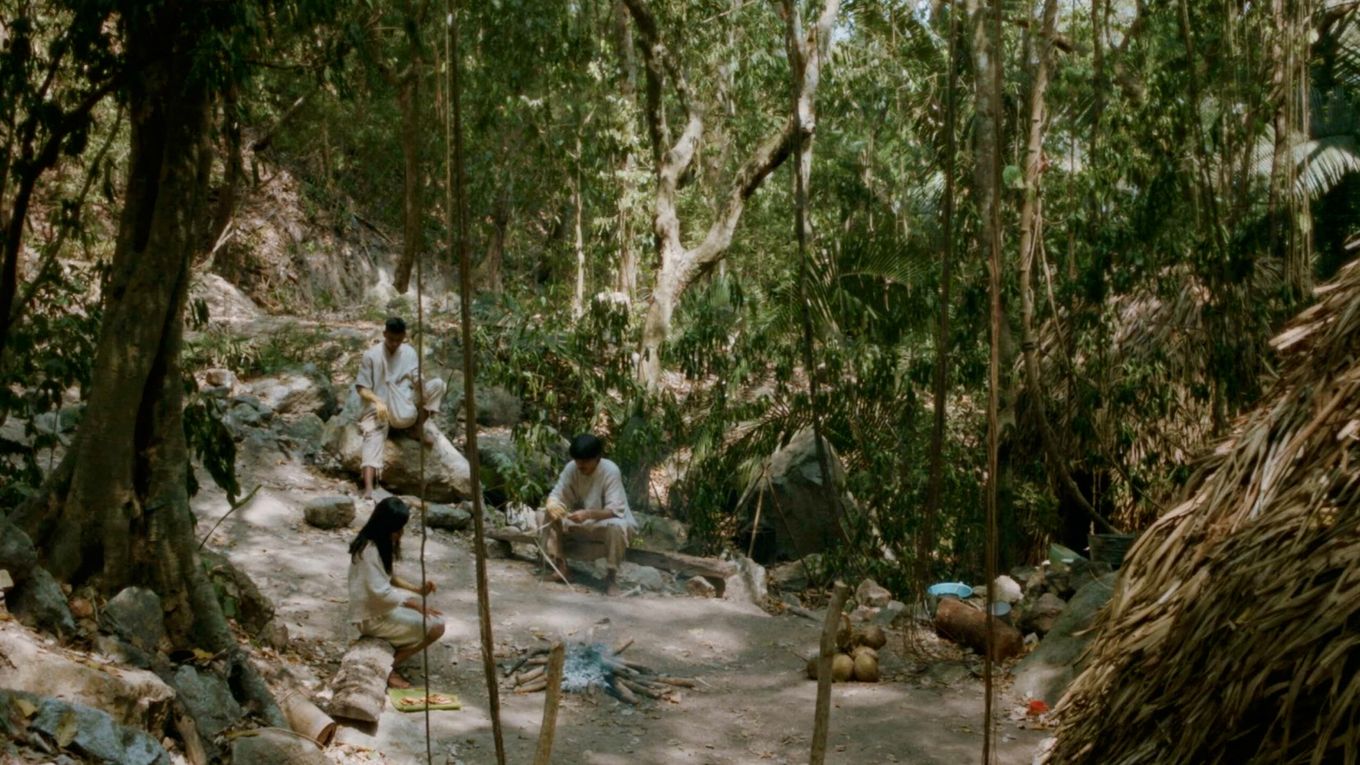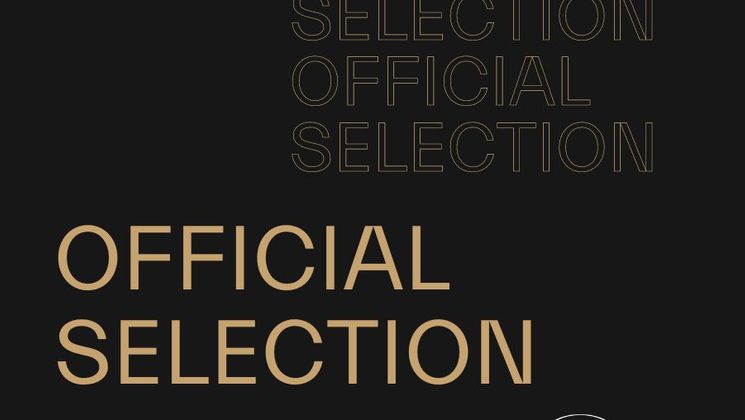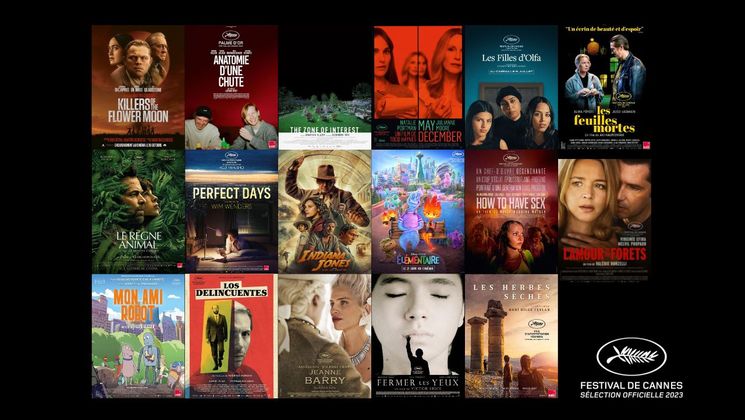
Eureka, a spiritual journey with Lisandro Alonso

Revealed in 2001 at Un Certain Regard with La Libertad, Lisandro Alonso has since established himself as one of the major figures of New Argentinian cinema. In Eureka, presented at Cannes Première last May and to be discovered in French theaters from 28 February, we reconnect with his singular vision mixed with poetry and philosophy. A sixth unclassifiable feature film that resembles an initiatory narrative, a western and an Amerindian fable for which Lisandro Alonso surrounded himself with non-professional actors to play alongside Viggo Mortensen, Chiara Mastroianni and Maria Medeiros. Interview with the director.
How did this project come about?
The idea came to me around nine years ago, while I was finishing my previous film, Jauja. I wanted to continue working on the slightly ghostly images of American Indians which featured in that film. When I tried to build bridges between the films I was watching, particularly Westerns, I realized that I wanted to explore the theme of indigenous culture, to make a work about native Indians. I say “Indians”, but in the United States that term is not always well-received. To me, they are the descendants of Indians who have become peoples, unfortunates, who have differences, depending on where they live in the world. In the United States they are particularly marginalised. I began to think about the way a film could reflect that. The film is a little abstract: it doesn’t have a very conventional narrative. It passes from one place to another, from a time to a space… so I couldn’t really sum it up.
Could we say that its objective is to compare the indigenous communities of north, south and central America?
Yes, that’s it. And to see how some of them have already been represented in films, and how they live today. The film unfolds at three different times: first there is a graphic film section, then we move to present day South Dakota and finally to the 1970s, in the middle of a mountainous jungle. It compares the lives of indigenous people today with those who have not yet been affected or subjugated by political and economic states.
“The film doesn’t have many messages. Instead it has uncertain conclusions.”
Where did you shoot the film? With which communities?
In north America, and on the advice of Viggo Mortensen, I filmed at an Indian reservation called Pine Ridge in South Dakota. It is one of the most well-known reservations. I also filmed in Mexico, in Oaxaca, close to a Chatino community. They speak a very particular language which only certain people understand. Although the whole of that section of the film is fictional, they speak their language in it: Chatino. And then the part I filmed in South America is supposed to take place in a jungle, in a small, uncertain place, near to Brazil and the neighbouring countries. We also set up our cameras in Portugal, and in Spain – in Almería, in the settings for Sergio Leone’s westerns.
What can we learn from this film?
The film doesn’t have many messages. Instead it has uncertain conclusions, and each viewer can find their own interpretation. It can be read in different ways. It is also my most complex film, the one which cost me the most energy: two pandemics, a new technical team in each country (four different countries), and some actors being replaced. I experienced storms and temperatures of –30°c in the United States… That was complicated! But it is also the film which taught me the most. I got to know the Chatino Indians, I worked with fantastic professional and non-professional actors (some of them had never been to the cinema) and I had a lot of fun filming in the Almeria studios!



